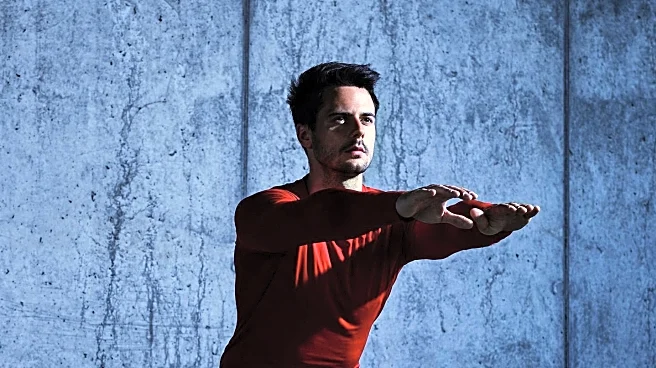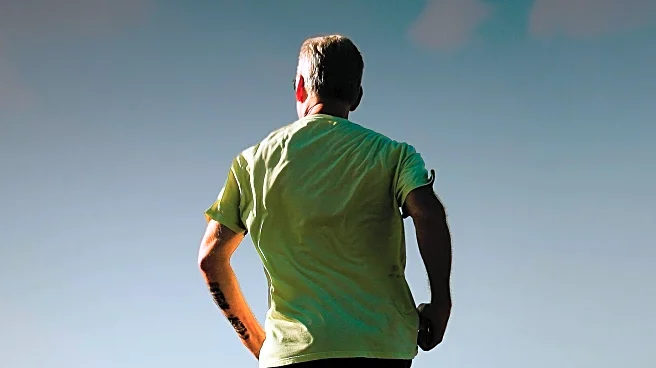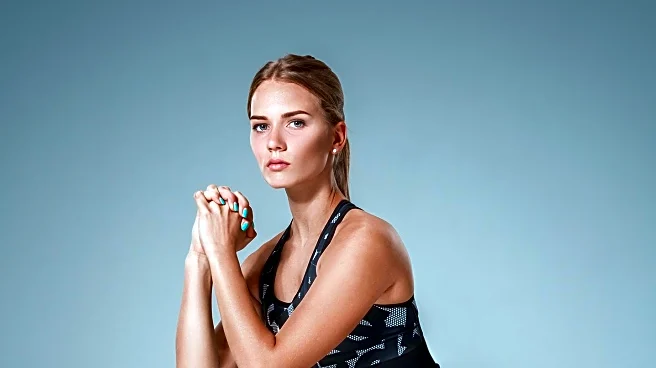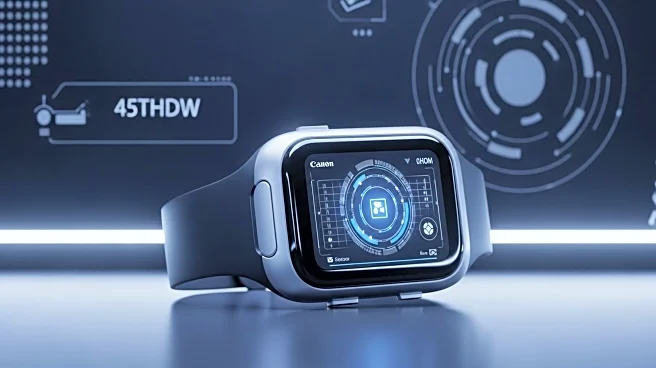What's Happening?
Longevity experts have identified four simple challenges that individuals can perform at home to assess how well their bodies are aging. These challenges focus on grip strength, balance, muscle strength, and cognitive-motor coordination. Bill Hanks, founder and CEO of Huemn, emphasizes the importance of maintaining motor skills through consistent physical challenges. Dr. Matt Kaeberlein, CEO of Optispan, explains that aging affects motor functions, including strength, coordination, and balance, due to the decline in muscle efficiency, joint flexibility, and sensory systems. The challenges include a grip strength test, one-leg balance, strength testing with weights, and a dual-task walking test to evaluate cognitive and motor decline.
Why It's Important?
These challenges are significant as they provide a practical way for individuals to monitor their physical and cognitive health as they age. Maintaining motor skills and cognitive function is crucial for independence and longevity. The tests can help identify early signs of decline, allowing individuals to take proactive measures to improve their health. This approach underscores the growing emphasis on preventive health measures and personalized wellness strategies, which can lead to better health outcomes and reduced healthcare costs. By understanding and addressing the physical changes associated with aging, individuals can enhance their quality of life and potentially extend their lifespan.
What's Next?
Individuals who perform these challenges may consider incorporating regular physical activity and cognitive exercises into their routines to maintain or improve their health. Healthcare providers might use these tests as part of routine check-ups to assess aging-related changes in patients. The broader adoption of such preventive measures could influence public health policies, encouraging more focus on aging health and wellness programs. Additionally, further research may be conducted to refine these tests and explore additional methods for assessing aging-related health changes.
Beyond the Headlines
The emphasis on self-assessment and proactive health management reflects a cultural shift towards personal responsibility in health care. As people become more aware of the impact of lifestyle choices on aging, there may be increased demand for educational resources and community programs that support healthy aging. This trend could also drive innovation in the fitness and wellness industries, leading to new products and services tailored to the needs of older adults.











